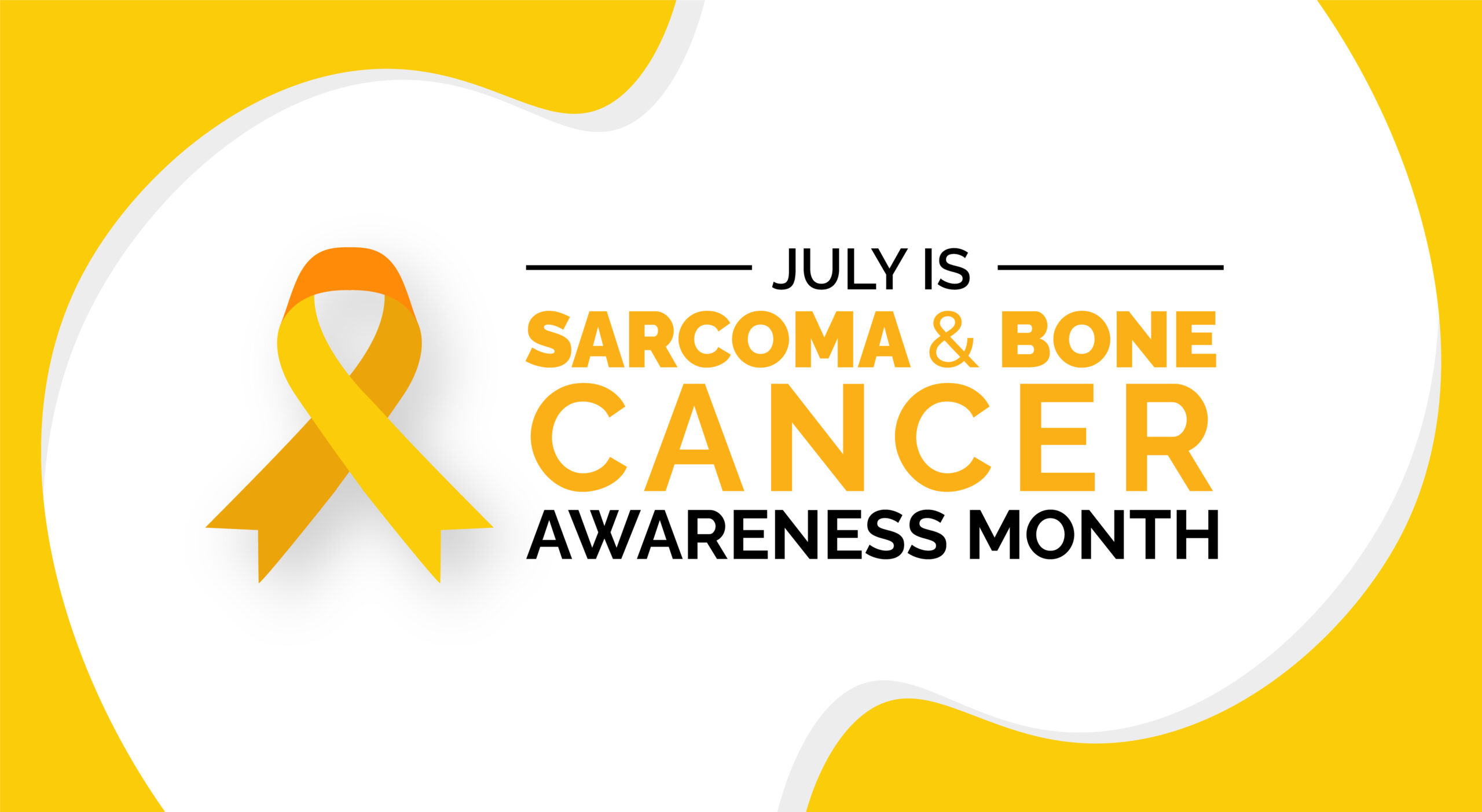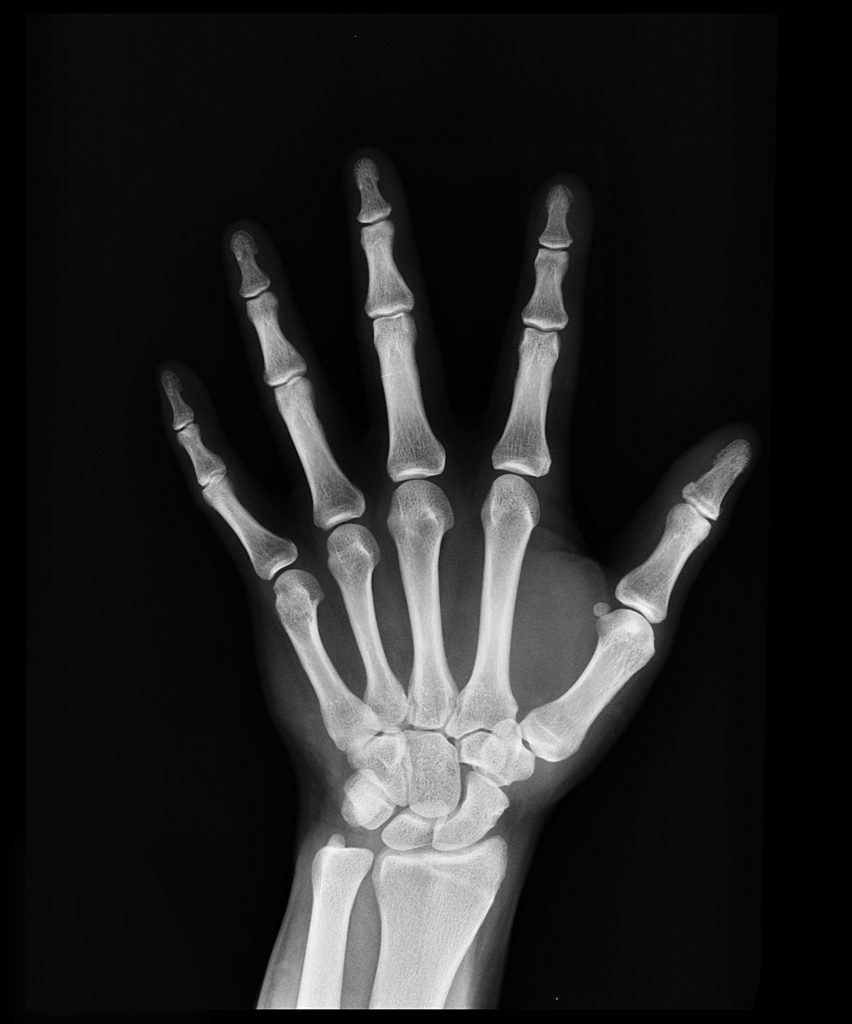

Sarcoma is a type of cancer that develops in connective tissue, the tissue that holds the body together. Connective tissue is located everywhere in the body, so sarcoma tumors can arise anywhere. But they most often form in the bones, muscles, tendons, cartilage, nerves, fat and blood vessels of the arms, legs, chest and abdomen.
There are two main types of sarcomas: soft tissue sarcomas and bone sarcomas, also called osteosarcomas. There are many different subtypes of soft tissue sarcomas based on the tissues in which they originate, but these cancers share certain microscopic characteristics, produce similar symptoms and are typically treated in the same ways.
Osteosarcoma is a primary bone cancer; it develops in new tissue in growing bone. Many other cancers found in the bones are cancers that have spread, or metastasized, from other cancerous organs, such as the breast, kidney, lung, prostate and thyroid. Osteosarcoma often affects the long bones of the arm or leg, or the bones of the pelvis. Osteosarcomas are most commonly diagnosed in children.
Sarcoma is rare in adults, accounting for about 1 percent of all adult cancers, but rather common in children, making up about 20 percent of childhood cancers.
The American Cancer Society estimates about 13,460 new soft tissue sarcomas will be diagnosed in the US in 2021 and about 5,350 Americans will die from the cancer. According to the National Cancer Institute, an estimated 3,610 people of all ages in the US will be diagnosed with primary bone sarcoma this year, with an estimated 2,060 deaths.
The cause of most sarcomas is unknown, but several factors have been identified that put you at a higher risk for developing a sarcoma. These include a history of radiation therapy; history of genetic disorders such as neurofibromatosis, tuberous sclerosis, Li-Fraumeni syndrome or retinoblastoma; exposure to chemicals such as phenoxyacetic acid in herbicides and chlorophenols in wood preservatives; and history of lymphedema (swelling) in your arms or legs.
Sarcoma symptoms vary depending on the type of sarcoma and where in the body it develops. Often, it causes no noticeable symptoms in its early stages. The first sign may be a painless lump under the skin, but as the lump grows, it may press against nerves or muscles and cause pain. You may experience trouble breathing if the tumor is located in your chest or abdomen.
Symptoms of osteosarcoma include intermittent pain in the affected bone, which may be more intense at night; swelling; fever; a fracture for no apparent reason; and a limp if the tumor is located in your leg. If your child experiences bone pain that doesn’t get better, gets worse at night, or is in one arm or leg rather than both, see a doctor for an evaluation.
Adults who experience this type of pain should visit a doctor eight away.
To diagnose sarcoma, your doctor will first perform a thorough medical history and physical examination. Your doctor may also order certain tests to help in making a diagnosis. These tests may include x-rays, CT or MRI scans, bone scans, PET scans and/or biopsies.
The most common forms of treatment for sarcomas are surgery, radiation therapy and chemotherapy. Most sarcoma tumors are removed with surgery. The goal is to remove the tumor and a safe margin of healthy tissue surrounding it so that no obvious or microscopic cancer cells remain.
Radiation therapy uses high-energy x-rays to kill cancer cells while minimizing damage to healthy cells. It may be used before surgery to shrink tumors or after surgery to kill any cancer cells that may have been left behind. Radiation therapy can be internal (placed inside the body) or external (delivered by a machine outside the body).
Chemotherapy is a systemic treatment that uses anti-cancer drugs to kill or slow down the growth of rapidly multiplying cancer cells. It may be used with radiation therapy before surgery to shrink tumors or after surgery to kill remaining cancer cells. Chemotherapy is also used when the cancer has metastasized to other areas of the body to reduce pain and discomfort.
The outlook for people with sarcomas depends on several factors including the type, extent and location of the cancer. Many people live for longer than five years after diagnosis and thanks to new medical discoveries, the survival rate continues to improve. As with other cancers, your outlook is better if the sarcoma is diagnosed and treatment is started when the cancer is in its early stages.
Unlike other types of cancer, lifestyle factors such as exercise and diet don’t appear to play a significant role in the development or prevention of sarcoma. But adopting healthy lifestyle habits is still a good idea for maintaining your overall health, so do it anyway!






Leave a Reply